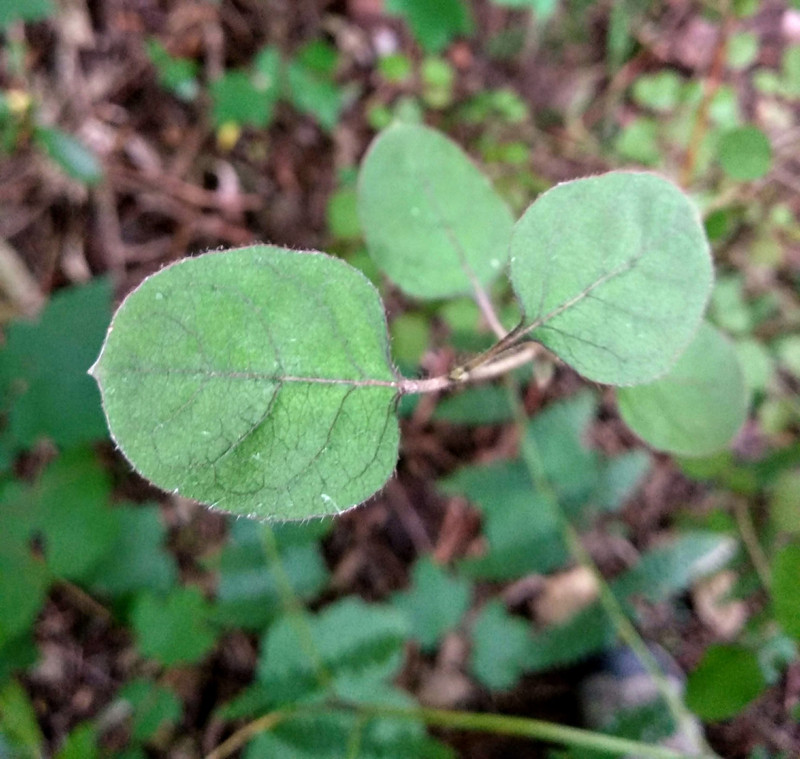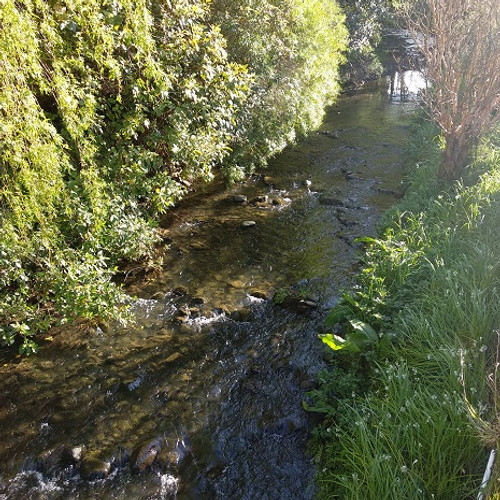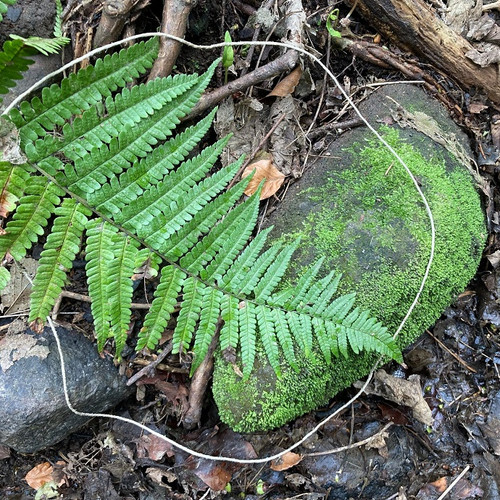The Curious Case of the Coprosma
Phooey, what is that smell?? There’s an endemic plant in New Zealand called stinkwood (Coprosma foetidissima) that is known for having a malodorous whiff. My first experience of smelling stinkwood leaves was at the nearby Orokonui Ecosanctuary with my friends. One of them very excitedly pointed out a plant, saying that the leaves, when crushed, smelled of bubble gum. He was up to tricks because the smell was actually closer to rotten eggs! This rotten egg/sulfur smell is produced by a chemical called methanethiol which is released when the leaves are crushed.
With our habitat restoration project moving from weed management into planting, I thought it was time to dig a little deeper into the genus this plant belongs to known as Coprosma. The name Coprosma, is derived from the Greek words for dung (kopros) and smell (osme) due to the stench that can come from crushing the leaves of some of the species in the group. There are about 55 species of Coprosma in New Zealand. Other Coprosma plants within the genus don’t appear to have quite the same foul smell but do share other similar features, such as paired leaves and pits on the undersides of leaves called “domatia”.
Other than the distinctive-smelling C. foetidissima, another of my favourites is Aruhe (Coprosma areolata), also known as thin-leaved coprosma. It is a bushy shrub with small, thin pointed leaves. The thin spider-web like veins reach out across the surface of the leaves creating brilliant patterns.
Another, is the round leaved coprosma (Coprosma rotundifolia), as the name suggests, the leaves are round. They also have very thin hairs on the surface of the leaves and can have purple blotches. Coprosma plants provide habitat and food for native birds and lizards.
When you’re next out in Chingford Park, keep a lookout for the thin-leaved and round leaved coprosma plants and see if you can find any more coprosma species there! We would love to know what you find.
For more information on all of the different coprosma species, check out the New Zealand Plant Conservation Network (nzpcn.org.nz)!
Do you have your own conservation story to share? Email openvue@northeastvalley.org!
References:
New Zealand Plant Conservation Network - Coprosma (link)
Blockhill - Additional information for Coprosma (link)
Crowe, A 2019. Which Native Forest Plant? New Ecology Edition. Auckland, Penguin Books.
Salmon, JT 1980. The Native Trees of New Zealand. Wellington, Reed Publishing.






